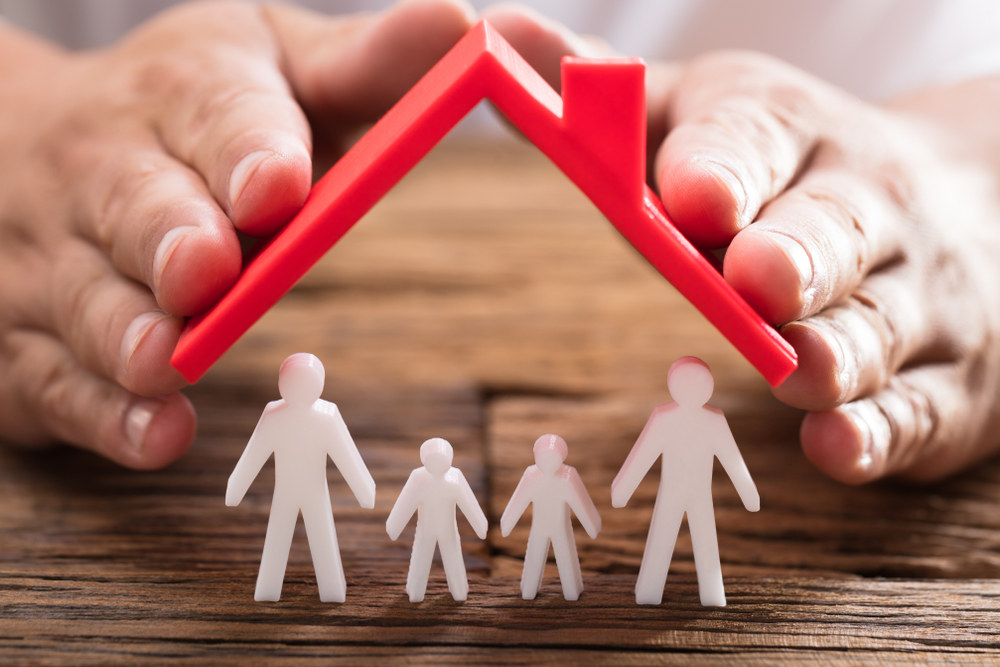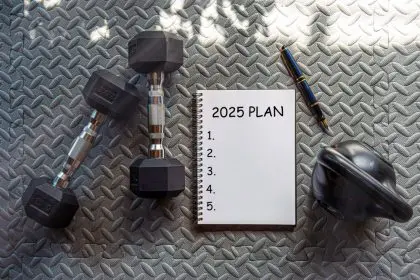Homeownership has long been a cornerstone of the American Dream, symbolizing stability, success and financial security. However, the landscape of homeownership is rapidly evolving due to various economic, technological and societal shifts. Understanding what the future of homeownership looks like can help potential buyers, current homeowners and industry professionals navigate this changing terrain. In this article, we will explore the trends, challenges and opportunities shaping the future of homeownership.
Economic factors influencing homeownership
Economic factors play a significant role in determining who can afford to buy a home and where. As we look to the future, several key economic trends are expected to influence homeownership rates and patterns.
Housing affordability
Housing affordability has been a growing concern in many parts of the world, particularly in urban areas where demand often outstrips supply. Rising home prices, stagnant wages and increasing living costs have made it difficult for many people to save for a down payment or qualify for a mortgage. This trend is likely to continue, with more individuals and families facing challenges in affording homeownership.
To address this issue, policymakers and industry stakeholders are exploring various solutions, including affordable housing initiatives, down payment assistance programs and incentives for developers to build more entry-level homes. These efforts aim to make homeownership more accessible to a broader range of people.
Mortgage rates and lending practices
Mortgage rates and lending practices also significantly impact the future of homeownership. Historically low interest rates in recent years have made borrowing more affordable, spurring demand for homes. However, as economic conditions change, interest rates may rise, potentially making mortgages more expensive and less accessible for some buyers.
Lending practices are also evolving, with new technologies and data analytics improving the mortgage approval process. Innovations such as digital mortgage platforms and artificial intelligence-driven underwriting can streamline applications, reduce processing times and provide more personalized loan options. These advancements can make homeownership more attainable for qualified buyers.
Income inequality and wealth disparities
Income inequality and wealth disparities continue to affect homeownership rates, particularly among marginalized communities. The gap between high-income and low-income households has widened, making it harder for many individuals to accumulate the necessary resources for homeownership.
Addressing these disparities requires targeted policies and programs that promote economic mobility and wealth-building opportunities. Initiatives such as down payment assistance, financial literacy education and community investment can help bridge the gap and create more equitable access to homeownership.
Technological advancements in real estate
Technology is transforming the real estate industry, reshaping how homes are bought, sold and managed. These advancements are expected to play a crucial role in the future of homeownership.
Smart homes and connected living
The rise of smart home technology is revolutionizing the way we live. From smart thermostats and lighting systems to security cameras and voice-activated assistants, these innovations offer convenience, energy efficiency and enhanced security. As technology continues to advance, homes will become increasingly connected, providing homeowners with greater control and automation.
In the future, smart homes may integrate with broader smart city initiatives, creating more efficient and sustainable living environments. These developments can improve quality of life, reduce energy consumption and lower living costs, making homeownership more appealing and affordable.
Virtual reality and augmented reality
Virtual reality (VR) and augmented reality (AR) are transforming the home buying experience. These technologies allow potential buyers to take virtual tours of properties, visualize different design options and explore neighborhoods from the comfort of their homes. VR and AR can save time, reduce the need for in-person visits and provide a more immersive and informative shopping experience.
As these technologies become more sophisticated and widely adopted, they will likely play a larger role in the home buying process, helping buyers make more informed decisions and streamline transactions.
Blockchain and real estate transactions
Blockchain technology has the potential to revolutionize real estate transactions by increasing transparency, reducing fraud and streamlining processes. Blockchain can provide a secure, immutable ledger of property ownership and transaction history, making it easier to verify information and reduce the risk of errors or disputes.
Smart contracts — powered by blockchain — can automate various aspects of real estate transactions, such as escrow, title transfers and payment processing. These innovations can make buying and selling homes faster, more efficient and less costly, benefiting both buyers and sellers.
Societal trends shaping homeownership
Societal trends and demographic shifts are also influencing the future of homeownership. Understanding these trends can help predict how homeownership patterns may change in the coming years.
Changing demographics
Demographic changes, such as aging populations, urbanization and increasing diversity, are reshaping housing demand. For example, as the Baby Boomer generation ages, there may be a growing need for senior-friendly housing options, including single-story homes, accessible features and proximity to health care services.
Millennials and Generation Z are also entering the housing market, bringing different preferences and priorities. These younger buyers may prioritize sustainability, affordability and flexibility, influencing the types of homes being built and the features they include.
Urbanization and suburbanization
Urbanization has been a significant trend in recent decades, with many people flocking to cities for job opportunities, cultural amenities and lifestyle benefits. However, the COVID-19 pandemic has prompted some individuals and families to reconsider urban living, leading to increased interest in suburban and rural areas.
The future of homeownership may see a balance between urban and suburban living, with people seeking a blend of convenience, affordability and quality of life. This trend could drive demand for mixed-use developments, improved transportation infrastructure, and more flexible housing options.
Environmental sustainability
Environmental sustainability is becoming increasingly important to homeowners and homebuyers. There is growing awareness of the need to reduce carbon footprints, conserve resources and create healthier living environments. Sustainable building practices, energy-efficient technologies and green certifications are becoming more prevalent in the housing market.
Future homes are likely to incorporate more sustainable features, such as solar panels, energy-efficient appliances and eco-friendly building materials. These advancements can reduce utility costs, increase property values and appeal to environmentally conscious buyers.
The future of homeownership: Embracing change and innovation
The future of homeownership is being shaped by a complex interplay of economic, technological and societal factors. While challenges such as housing affordability and income inequality persist, innovations in technology and targeted policies offer promising solutions. As demographics shift and sustainability becomes a priority, the way we buy, sell and live in homes will continue to evolve.
Staying informed about these trends and embracing new opportunities can help potential homeowners, industry professionals and policymakers navigate the changing landscape of homeownership. By understanding what the future holds, we can work towards a more accessible, equitable and sustainable housing market for all.
The future of homeownership looks to be dynamic and transformative. Embracing technological advancements, addressing economic challenges and adapting to societal changes will be key to ensuring that homeownership remains a viable and desirable goal for generations to come. Whether you’re a prospective buyer, a current homeowner or a real estate professional, staying ahead of these trends can help you make informed decisions and thrive in the evolving housing market.
This story was created using AI technology.

















